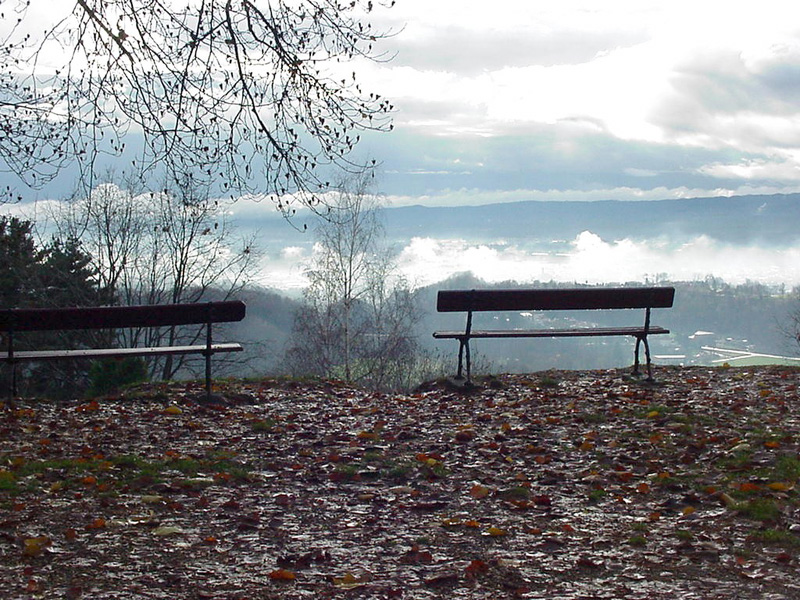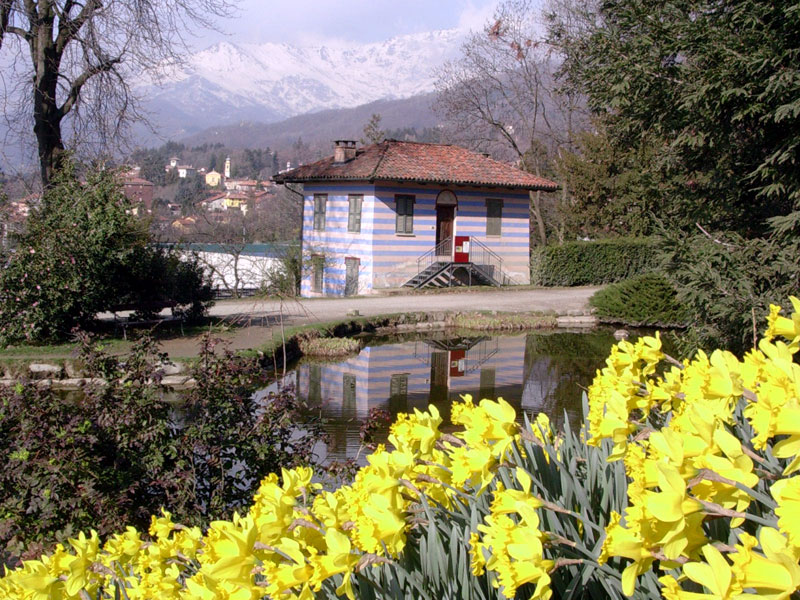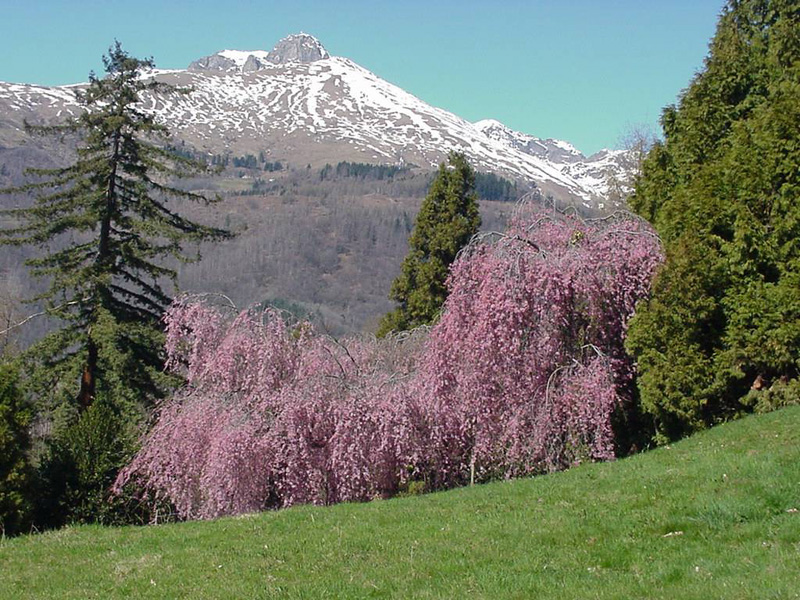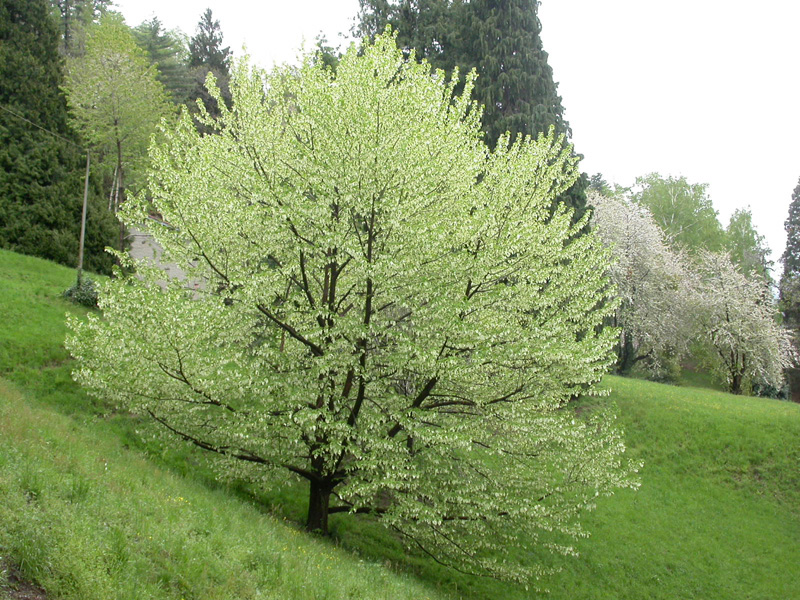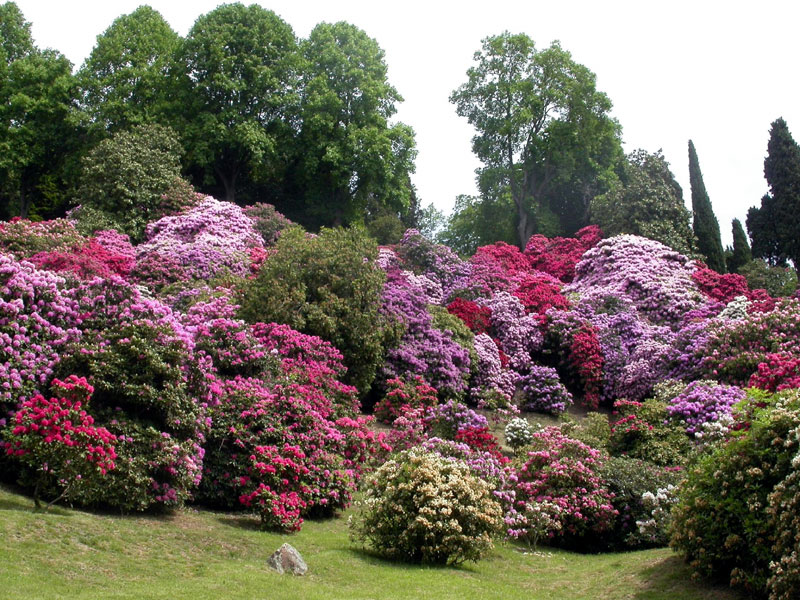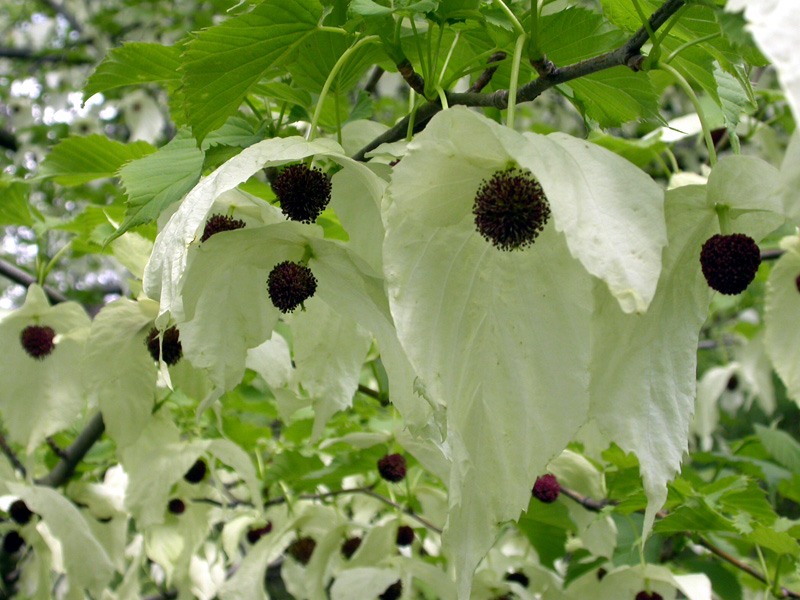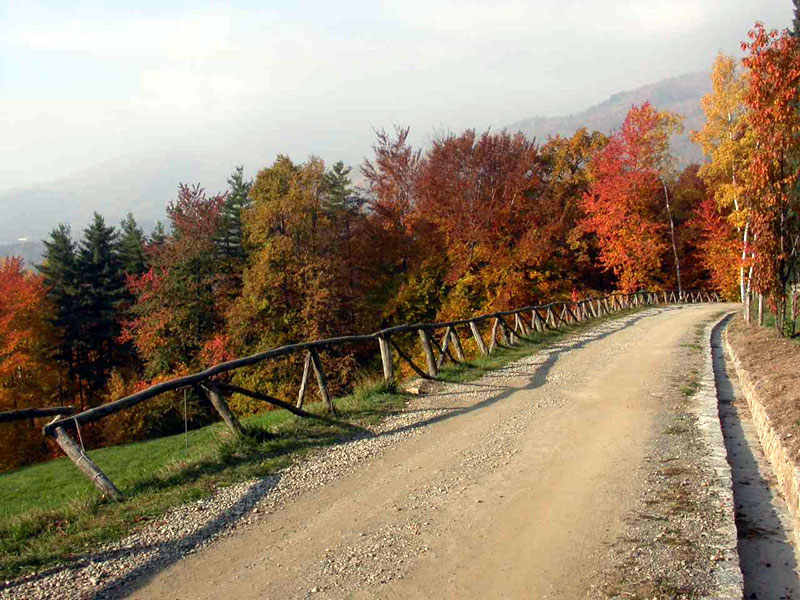Protected Area
Identity Card
- Land Surface Area: 70.00 ha
- Regions: Piemonte
- Provinces: Biella
- Municipalities: Biella, Pollone
- Establishment Measures: LR 29 24/04/1980 - LR 27 28/03/85
- PA Official List: EUAP0356
Burcina Park
Burcina Park is a historical garden situated in the territory
of the Municipalities of Biella and Pollone, on the homonymous "Brik
Burcina", a gentle small hill close to Prealpi Biellesi. It covers an
area of 57 hectares and is characterized by an altitude going from 570
to 830m above sea level.
The origins of the Park date back to the
mid-19th century, when Giovanni Piacenza (1811-1883) began to purchase
various lands situated in the lower parts of the southern and western
slopes to plant sequoias (near the lake), Atlas cedars (upstream the
Park headquarters), White Pines, and other plants.
His son Felice
(1843-1938) worked for almost 50 years, day after day, to purchase new
lands, sketch roads and trails, plant trees and create the spectacular
rhododendrons valley, which in mid-June enchants the visitors.
It is
rather surprising that the industrialist Felice did not use a landscape
architect, but created the Park by himself. As a consequence, besides
the botanical aspect, the landscape features of the Park are
particularly interesting: a romantic small lake, the meadows surrounded
by woods like in the Valfenera area, the beech tree wood of Pian Plà,
the alley of tuliptrees, the valley of rhododendrons, the Mediterranean
area, the views over the mountains and the plain going from Monviso to
Adamello. Felice's son, Enzo (1892-1968) created in 1950 the new
entrance planned by the landscape architect Pietro Porcinai from
Florence, according to his father's will. During his last 15 years of
life, he invited to Burcina the most famous botanists in Europe. A few
months before dying, he planted again several areas of the Park which
had been destroyed by the Fohn wind in February 1967. Guido, Enzo's
son, is the current president of the Park Authority. Since 1934, the
Park belongs to the Municipality of Biella, which enlarged its area up
to the present 57 hectares.
In 1980, with regional law n° 29, the Special Nature Reserve of Burcina Felice Piacenza Park was established.
Regione
Piemonte pays great attention to the Park, investing a lot in it: new
planting activities, an apple orchard, a bar-restaurant, the control of
meteoric waters, to mention only some of the works. The new Park
headquarters is provided with a functional didactic hall with
audiovisual and multimedia material, optical microscope, stuffed
animals, and a library with over 1,000 volumes regarding naturalistic
and environmental issues; moreover, the Park Authority is creating an
interesting collection of wood samples, both with an educational and
scientific purpose, in order to highlight the features and properties
of barks and wedges of the different botanic essences, which get often
mixed up and neglected.
Nature
The main interesting feature of Burcina is a collection of rhododendrons which occupies a basin of about two hectares which, between May and
June during its blossoming presents a really spectacular sight.
Moreover, there are a number of exotic conifers and broadleaf trees,
which have perfectly integrated with the vegetation; among the others,
it is possible to admire: the so-called Ghost or Dove tree, flower Plum
trees, a number of beech tree cultivars, pine trees, fir woods, larches, sequoias, cypresses, and a collection of ancient roses.
The entrance is situated in Pollone, where the presence of a great
number of maples, alders, and spruce firs underlies the passage from
the anthropic external environment to the garden. Following the road
leading to the top of the hill it is possible to see, besides the small
lake of the sequoias and the rhododendron basin, little woods
alternated with large meadows, farmhouses, bloomed clearings.
The view over the mountains of the Biellese and over the plain are of considerable interest.
Environment
A large wood and a well-characterized garden: theses are the two only apparently antithetic features of Burcina Park. The wood works as a frame and a background to the Park, and they together achieve a balance of rare beauty. The garden is informal, the plants are apparently scattered by chance, to imitate nature: small woods alternating with meadows and clearings, big isolated trees; sometimes sight is hindered by green barriers, while sometimes it can roam both towards the plain and the mountains behind it. A winding road climbs up to the top of the hill offering at every bend emotions and surprises. Like in the landscape gardens, also in Burcina Park many exotic species have been perfectly inserted into the general design of the Park; in the wood you can find broadleaf trees which are typical of our environments: beech trees, chestnut trees, maples, alders, oaks, cherry trees, birches.
Flora
It is rather difficult to describe in a few words the extremely varied flora of the Park: we will thus briefly illustrate the species which might interest the visitor.
Without a doubt, the protagonists are the rhododendrons; they are arboreal specimens coming from Caucasus and Himalaya which offer at the end of May a wonderful blooming from white to pink, red, and liliac colors.
(the following links lead to Italian text)
Fauna
Burcina Special Nature Reserve is situated in a strategic position as far as the bird passage is concerned. If you observe Brich Burcina from one of the surrounding mountains, it appears isolated between the mountains and the plain, an ideal place to stop for the migratory species which find here peacefulness and protection: as a matter of fact, hunting is no longer practiced and the forest covering offers shelter and food for birds and small mammals.


